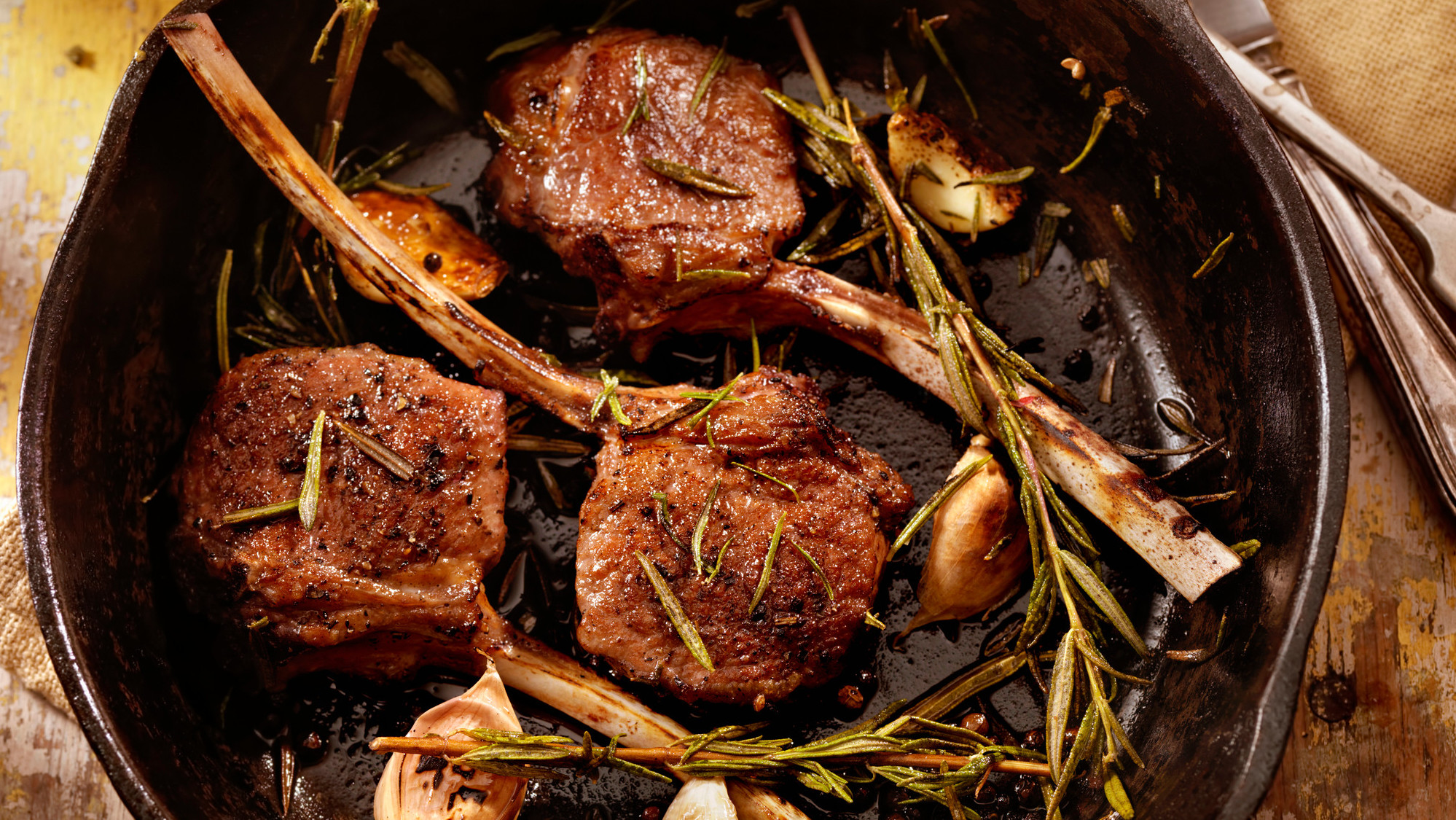What Does It Mean To Brown Meat?
Got a cooking question? Email us at hello@thetakeout.com.
When you say to "brown meat" in one of your recipes, what shade of brown are you talking about?
If you are questioning the brownness of your meat, I will guarantee you that it is not ready. I understand that this can be a tricky command for people who are new to cooking, or for those who aren't comfortable enough in the kitchen to trust their instincts (you'll get there with practice, I promise!), because this confused the hell out of me when I was first teaching myself to cook. There are so many shades in the brown family: tan, beige, burnt umber, raw sienna... if you're the kind of person who overthinks things, this whole "browning" business is a nightmare.
So, this is what you're going to do: take a step back, stop worrying about the subtle differences between walnut and mahogany, and do nothing. Leave the meat alone for a while. When it comes time to turn it over, if it's sticking to the pan, let it sit undisturbed for another minute or so. Once the meat is properly browned, it will release itself from the pan, and you'll be able to flip it over without any resistance.
The reason this happens is the same reason that deeply browned meat has so much incredible flavor: it's our old friend the Maillard reaction. Here's a quick rundown of how it works: When meat first hits the pan, any iron on the surface of the meat becomes oxidized, changing its color from red to brown. As it stays in prolonged contact with scorching direct heat, the proteins/amino acids and carbohydrate/sugars found on the meat's surface go crazy and set off all sorts of microscopic chemical reactions, which create a multitude of flavor notes, complex aromas, and various shades of—you guessed it—brown. The longer you sear the meat (provided you don't go too far and burn it), the more flavorful it will be.
Now, to explain the sticking, I'm going to need you to do a little visualization. Picture 20 shoelaces. Those are amino acids. Tie them up end to end, then squish them into a packed tiny ball, and you have a protein. Proteins are tough, and their tightly wound nature is part of what helps our muscles expand and contract. That toughness is also why cuts of raw meat are nearly impossible for humans to eat. But when they're heated, those proteins begin to unravel (or denature) and become tender. During the process of denaturing, the proteins will bond with any nearby compounds it finds friendly, like the iron atoms on the surface of the pan. This is one of the reasons you're supposed to coat nonstick pans with a small bit of oil: it creates a barrier to help interfere with some of these reactions, so that your meat doesn't stick so long that it burns. With a bit of time, the meat's proteins will break down enough that they separate from the iron atoms, releasing the meat from the pan.
Here's the one rule for browning meat that can be the hardest to obey: once you've patted your meat completely dry, seasoned it with a bit of salt, and laid it in your preheated, lightly oiled pan, do not touch it. You will want to, because it's hard to stand still for 4-5 minutes while staring at a piece of meat. Focus on another task, like chopping vegetables or washing dishes, until it's time to check on it. If you move your meat prematurely you'll allow some of the steam in the pan to sneak underneath, which will interfere with the browning process. This is also why it's imperative to pat your meat dry with paper towels before you cook it; moisture is your enemy when it comes to browning. Again: keep your hands busy, and try your best to trust your instincts. Even if they're not fully developed yet, they will be one day.
